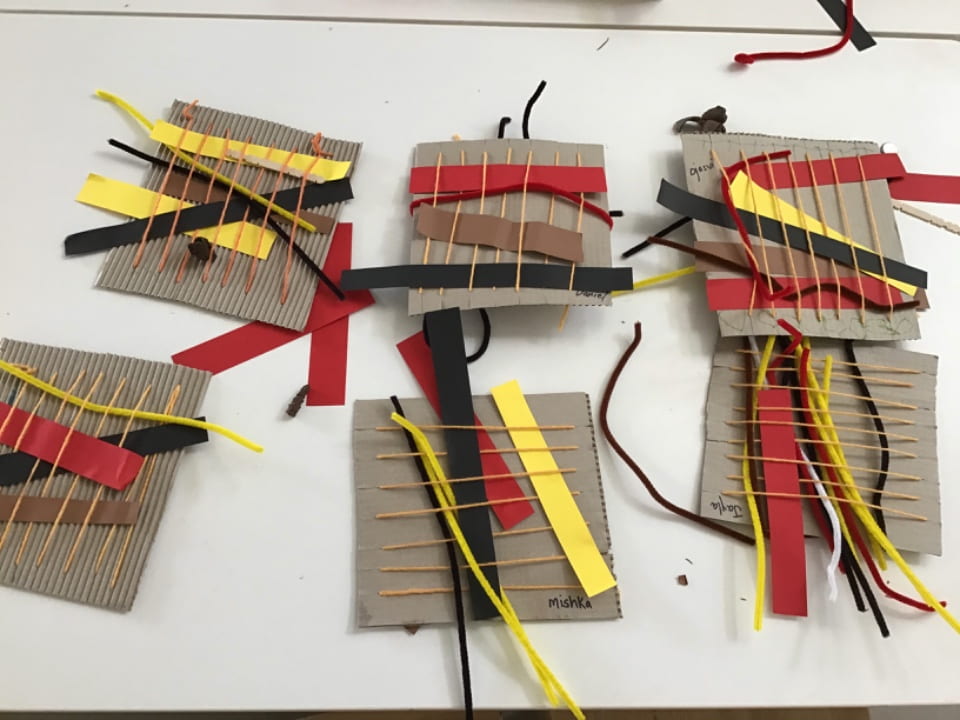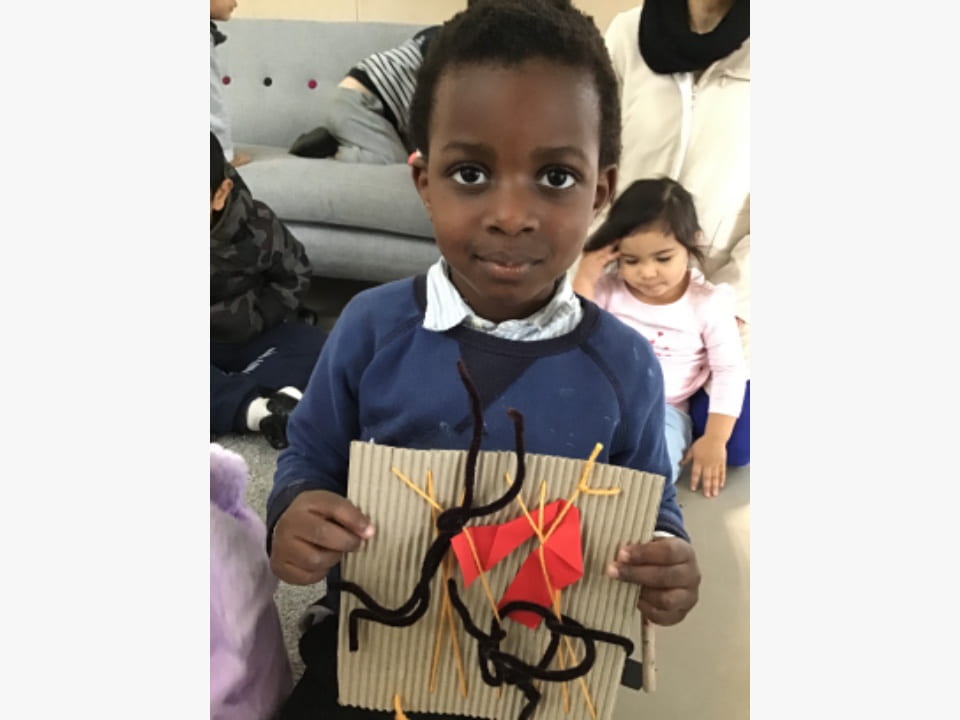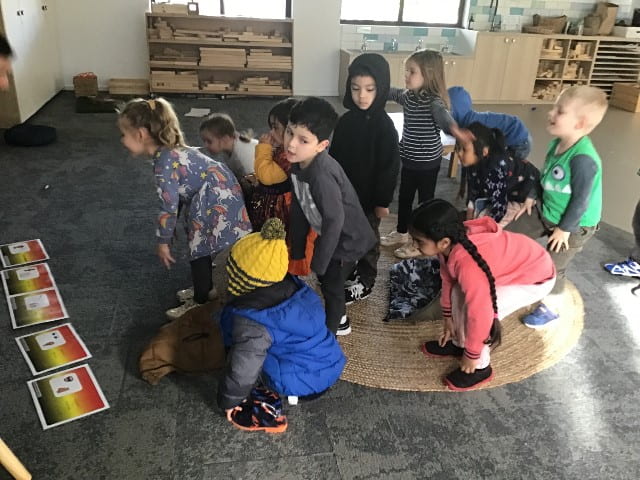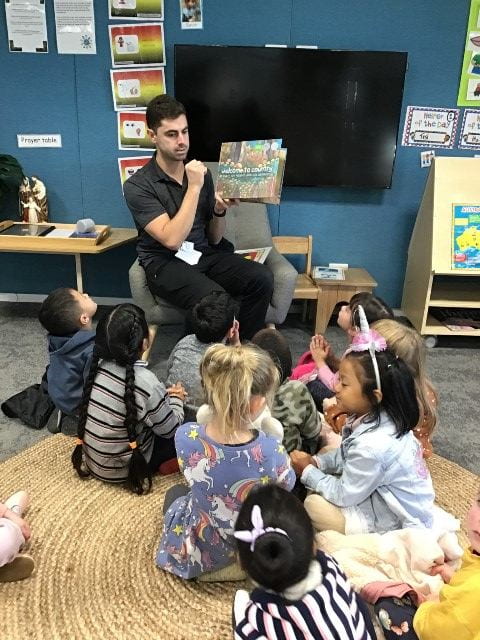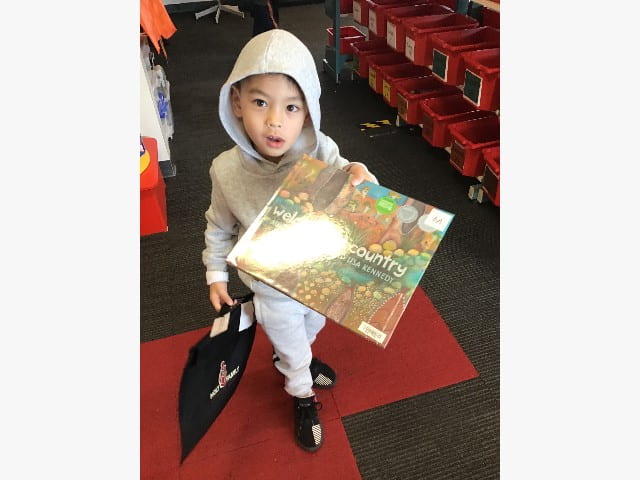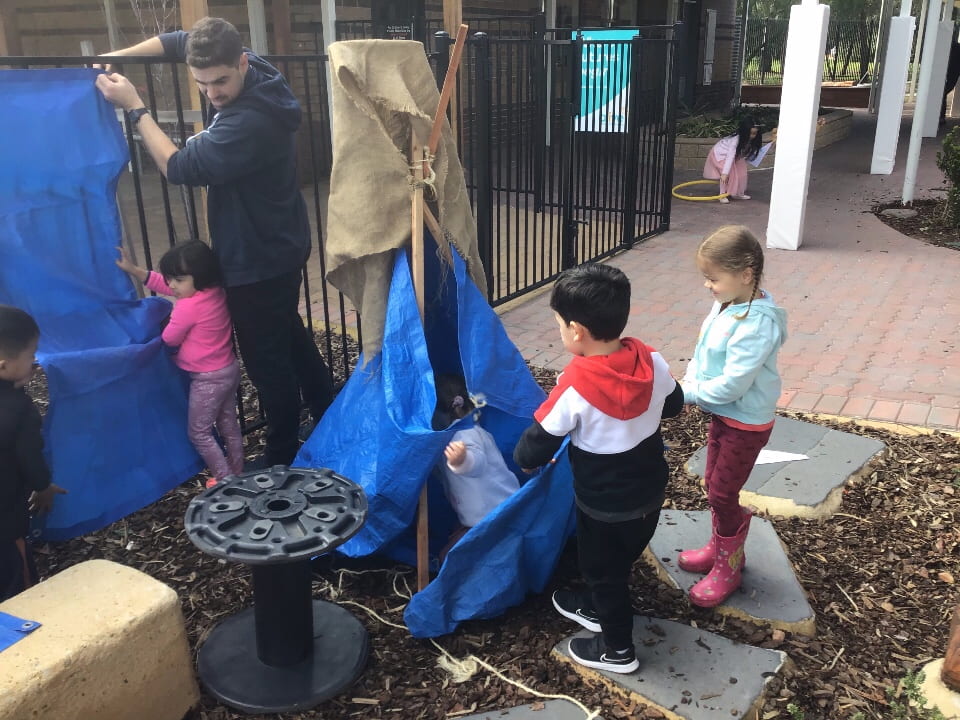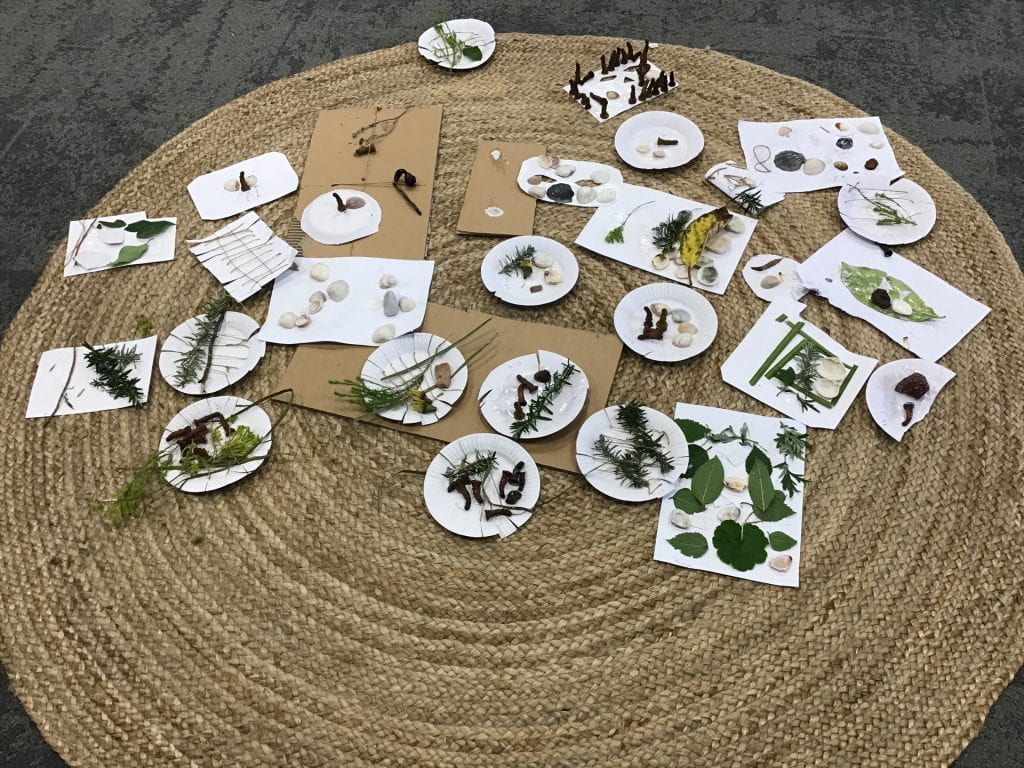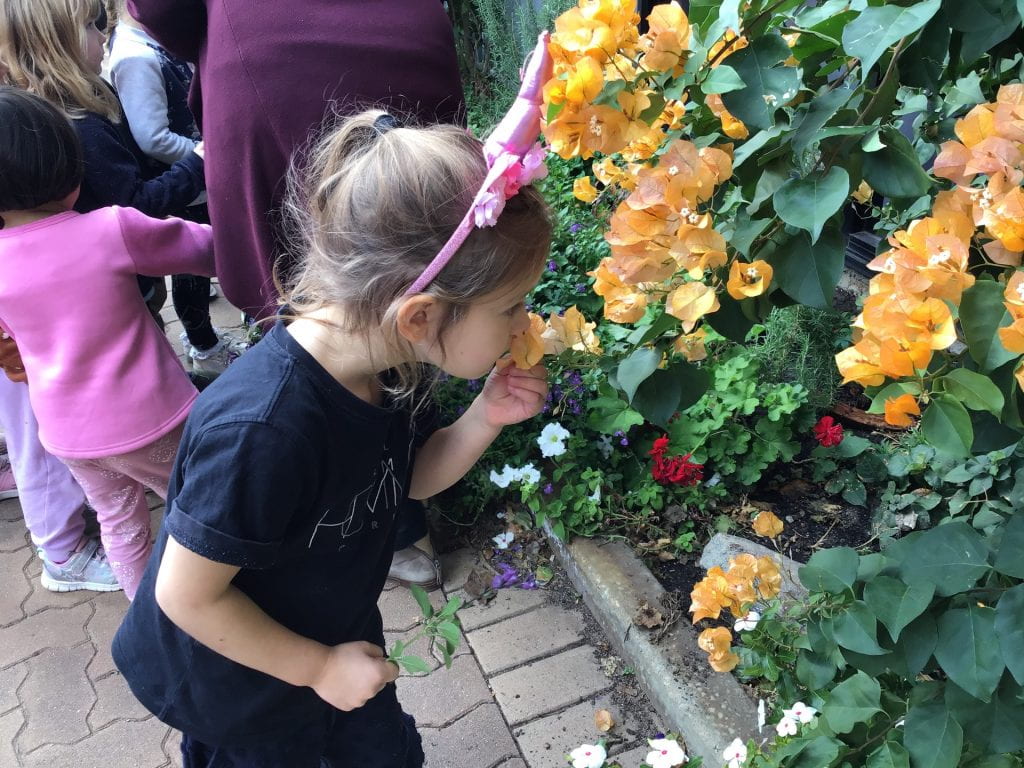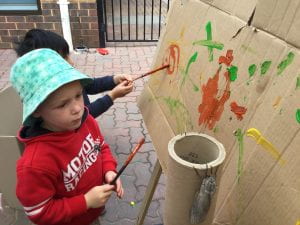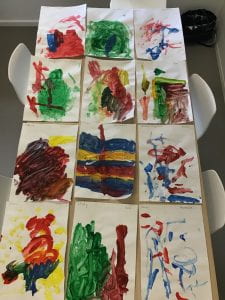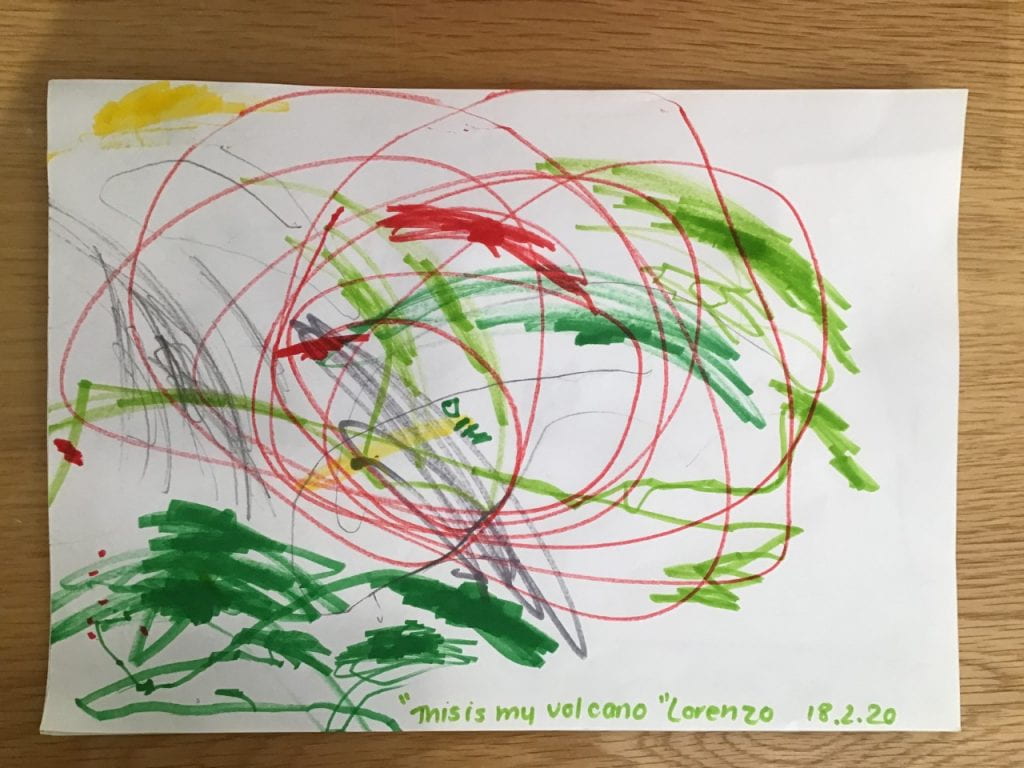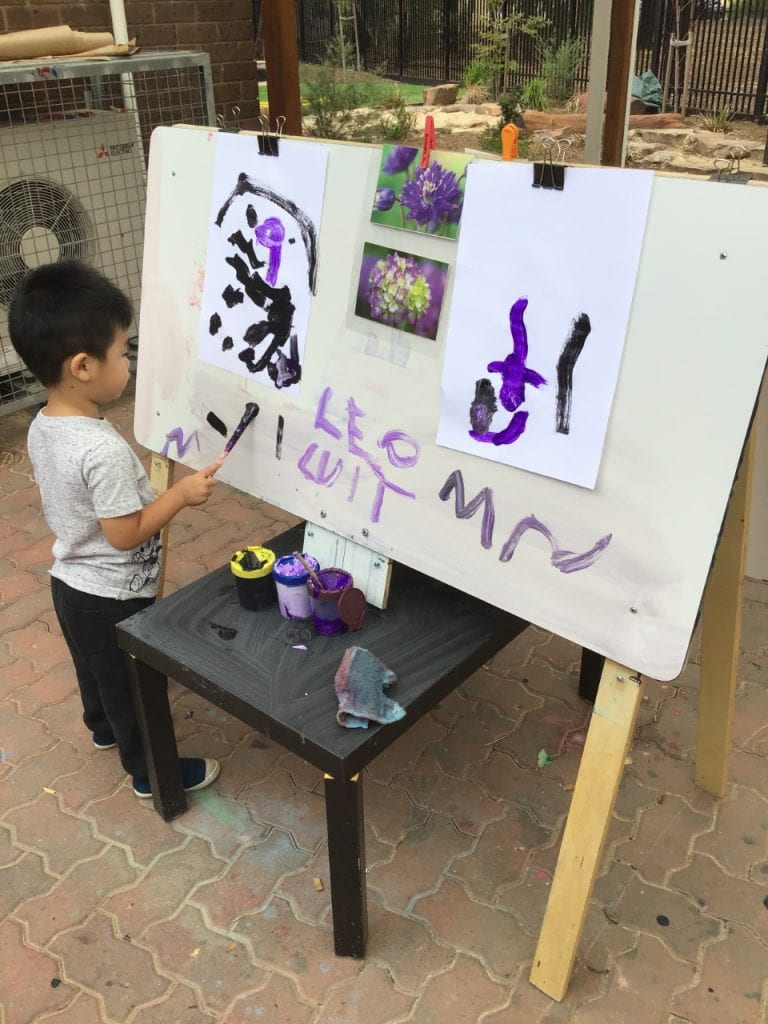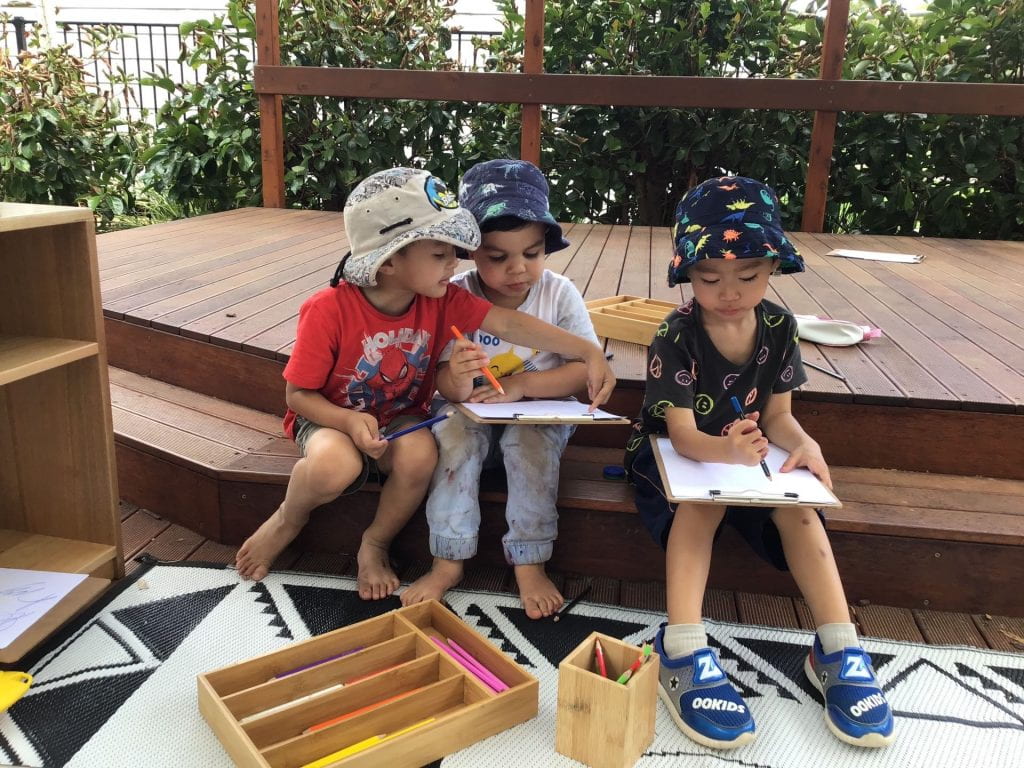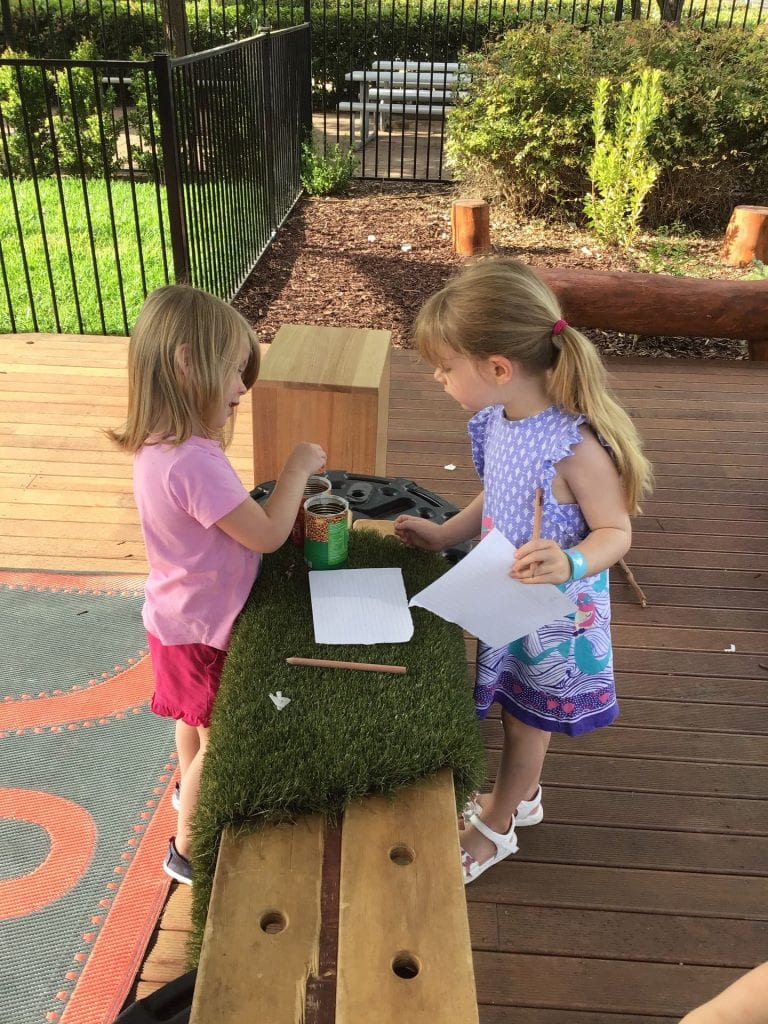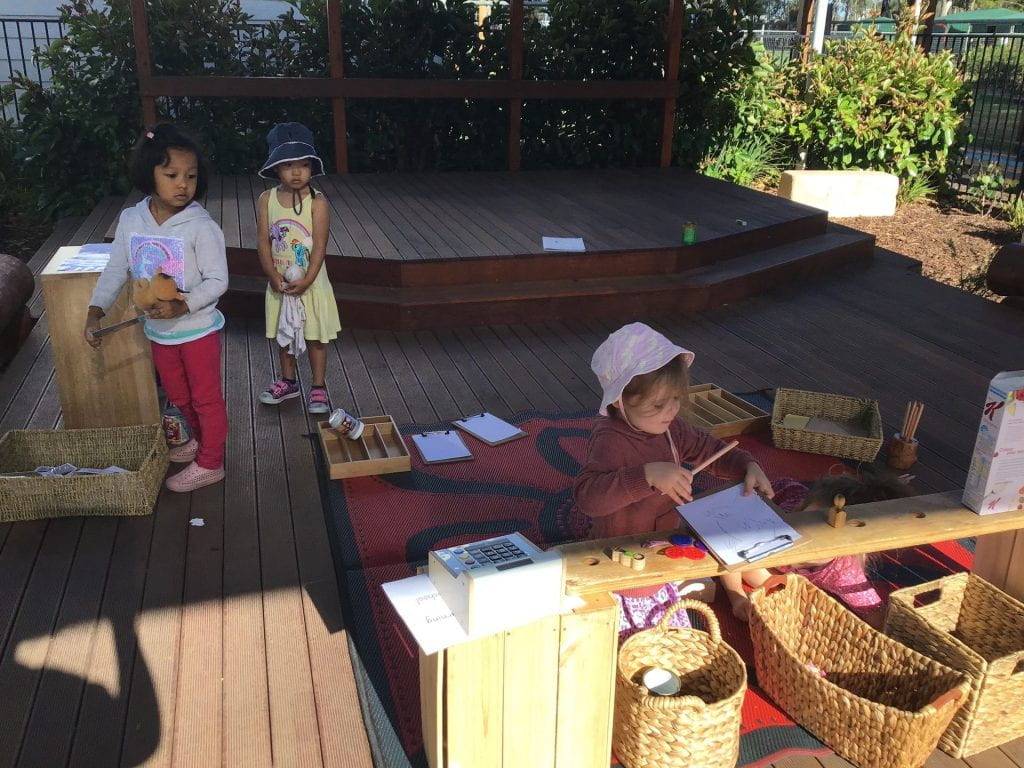‘Reconciliation’ is a journey for all Australians – as individuals, families, communities, organisations and importantly as a nation. At the heart of this journey are relationships between the broader Australian community and Aboriginal and Torres Strait Islander peoples. As a Nation, we strive towards equity, unity and mutual respect as we come together and connect with one another. The theme for 2020’s Reconciliation Week is all Australians are ‘In This Together’ and signifies that every one of us has a role to play when it comes to reconciliation, and in playing our part we collectively build relationships and communities that value Aboriginal and Torres Strait Islander peoples, histories and cultures.
Last Tuesday was National Sorry Day. On this day, the children listened to the story ‘Sorry Day’ by Coral Vass (2018), which delicately uncovers the truths about the stolen generations. This sparked authentic learning conversations about our countries past and why it is so important we all participate in National Sorry Day on May 26. Some children shared…
- “They sad cause they not with their family.” – Blaise
- “That is not a good choice.” – Immi
- “That makes me sad too.” – Aria
- “We say sorry to them Aboriginal people.” – Olivia
- “We can help them to be happy again, and fill buckets.” – Ellara
Furthermore, over the past fortnight, the children have continually been exposed to a range of experiences that represent Indigenous peoples culture’s and their unique contributions to Australian society. This has included sharing a range of Dreaming stories, such as ‘Welcome to Country’ by Aunty Joy Murphy & Lisa Kenedy (2016), learning to sing ‘Heads, shoulders, knees and toes/ Mukarta, Kartaka, Mampa, Tidna’ in the Kaurna language [the local language of the Adelaide region], as well as participating in several visual arts experiences based on traditional patterns, the Aboriginal and Torres Strait Islander flags as well as the dreaming story ‘the Rainbow Serpent’. Interestingly, during Andreas’ visit to the library he noticed the story ‘Welcome to Country’ and chose this to borrow this to take him to his family. Thus, making excellent connections to his learning in his class.
On Friday this week, the whole ELC celebrated ‘World Environment Day’ with a shared Prayer time about God’s creation of the Earth and it’s inhabitants. Later on we re-visited the story ‘Welcome to Country’ which explores the connections between Indigenous peoples and the land. The children made some clear associations between their Indigenous learning and the natural environment, which has been a focus on inquiry so far this term.
- “Like the environment” – Blaise
- “The people have land and we land together.” – Tesi
- “We can do natural things.” – Joel
- “We can grow things in the ground.” – Mason
We look forward to continuing this learning as we make further connections with and understandings about our First Peoples in the future.


